Growing lettuce plants is perfect for healthy garden salads.
Chances are that salads are one of your most frequently purchased grocery store items. When I help readers figure out what to grow, focusing on crops with excellent dollar value is always important.
Lettuce offers great dollar value for the space, and there are many varieties to enjoy.
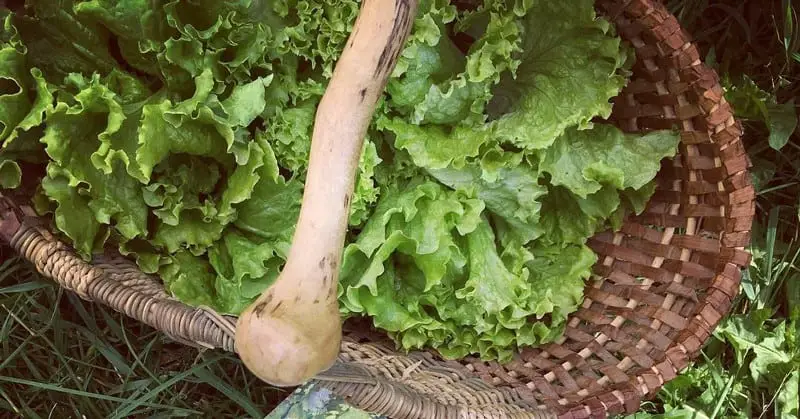
How to Grow Lettuce
After you’ve selected your lettuce types and varieties, you can plant your lettuce garden! If you’re not buying seeds and purchasing plants from a nursery, you won’t have the same selection as seeds. Lettuce is quite easy to grow from seed, and sometimes seedlings can be too stressed and not transplant well into your spring garden.
I sow lettuce to harvest baby greens in the spring, head lettuce during summer and again for fall harvests.
Sowing multiple times a year is called ‘succession planting’.
Lettuce can be sown before the last spring frost, so you’ll need to know your growing zone.
Many gardeners prefer to wait until the last spring frost is over, but I always sow before hand. You can grow or buy seedlings, or directly sow your lettuce outside. You can plant lettuce anywhere, in general it’s easy to get along with any other crop. I grow a spring salad garden bed, sow it around tall crops, and sow another winter greens garden bed.
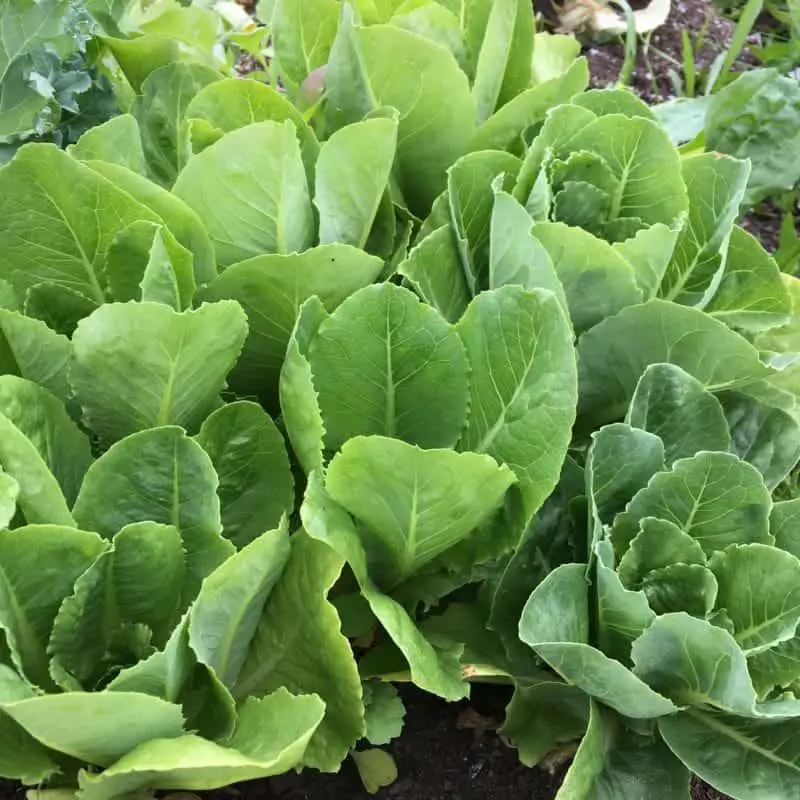
When to Plant Lettuce Seedlings
I usually plant lettuce many times in our home garden. We start growing lettuce seeds indoors for a spring planting, then directly sow them outdoors. During the spring and summer, the days can get hot quickly. There are lettuces that don’t handle the heat very well and the lettuce will bolt and get bitter.
Select bolt/heat resistant lettuce varieties in the summer.
You can also select cold hardy lettuce for the fall and winter too. My favorite winter romaine lettuce is called ‘Winter Density’. Certain lettuce varieties will also have some disease resistance. If downy mildew or tipburn is a problem where you are, select for those disease resistance.
You’ll want to check your seed packets so that you know how long it takes to grow.
For example, many types of leaf lettuce grow fast and are ready to harvest in less than 45 days! How great is that? Head lettuce on the other hand, often takes 60-80 days. When creating a planting schedule, you’ll need to customize it for your location. I sell a garden planner so you can fill in those dates.
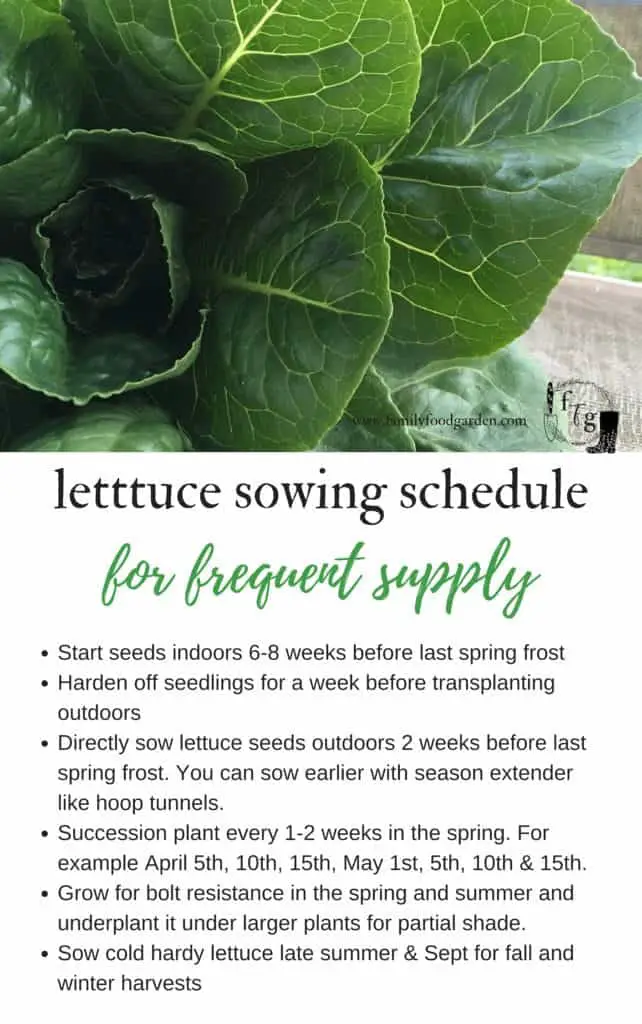 Here’s a FREE printable lettuce sowing schedule
Here’s a FREE printable lettuce sowing schedule
(you can print the Lettuce Planting Schedule)
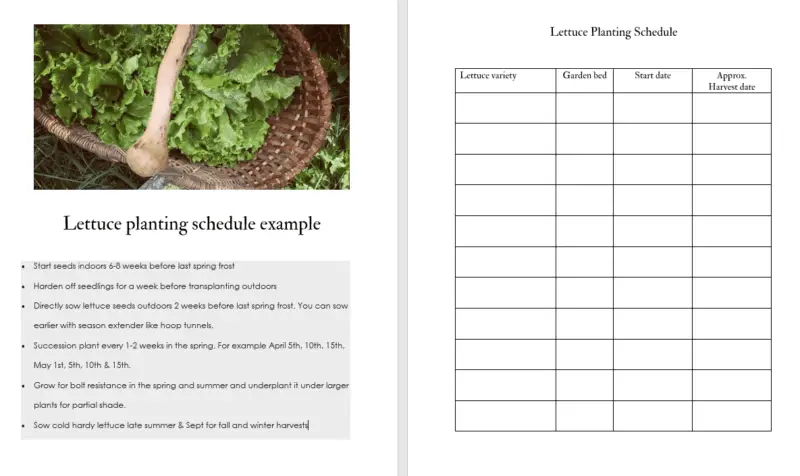
Growing Lettuce Problems
Lettuce is a cool season plant needing full sun to partial shade. Soil temperature needs to be 10-22°C (50-72°F) and preferred ph of 6.0-6.5. One of the things lettuce needs to grow well is nitrogen as it’s a leafy green plant. Add compost or organic fertilizer.
Some common problems growing lettuce:
- Heat. Because lettuce is a cool season crop, growing during the summer months can be a challenge. Ironic how that’s when we want salads the most right? There are certain greens that can handle the summer heat, which I discuss in my greens growing guide. Most seeds won’t germinate under hot conditions so fall might be a better time to grow. I’m an avid fall and winter vegetable gardener as there are cold hardy lettuce varieties!
- Seeds didn’t sprout. One thing to remember with lettuce seeds is that it’s common for only 70% or so to germinate. It’s better to sow more and thin out plants, than have empty spaces. Many make the mistake of covering the soil with too much soil. Lettuce seeds are quite small, and only just need to be barely covered with soil.
- Pests. Slugs can be one of the worst, as can aphids. You can prevent aphids , slugs can be more challenging. I do scatter eggs-shells around the plants (some people claim that works). I mostly pick them off to the chickens every couple of days. Organic pest control can be that way 😉
- Stunted plants. If lettuce isn’t watered frequently, or is feeling stressed, the plant will be stunted. Not thinning seedlings is a big cause of stunted plants. If the soil is poor, lettuce will be stunted and grow slowly. Heat stress is another cause of stunted plants.
Grow leaf lettuce + sow densely as ‘come and cut again greens’.
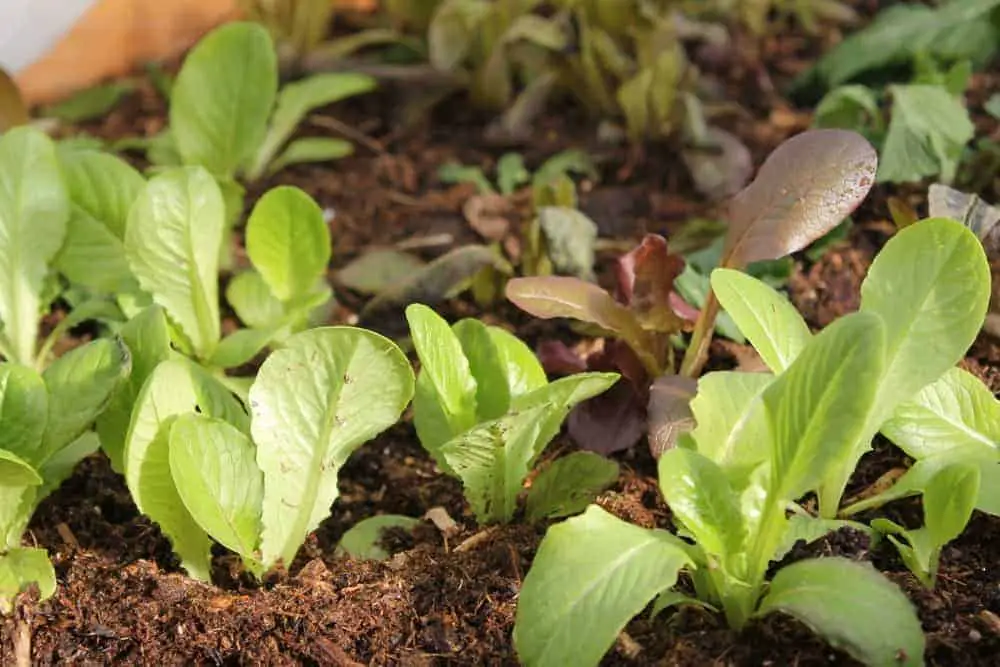
If you want head lettuce you need to give them the space!
Technically you can harvest lettuce anytime. This means that if you did make a mistake with your planting times, or thinning your plants, you can eat lettuce leaves. The only time I don’t recommend it is when the lettuce gets bitter and bolts. You can tell lettuce is bolting when it gets taller and produces a large central stem which becomes flowers and then seed.
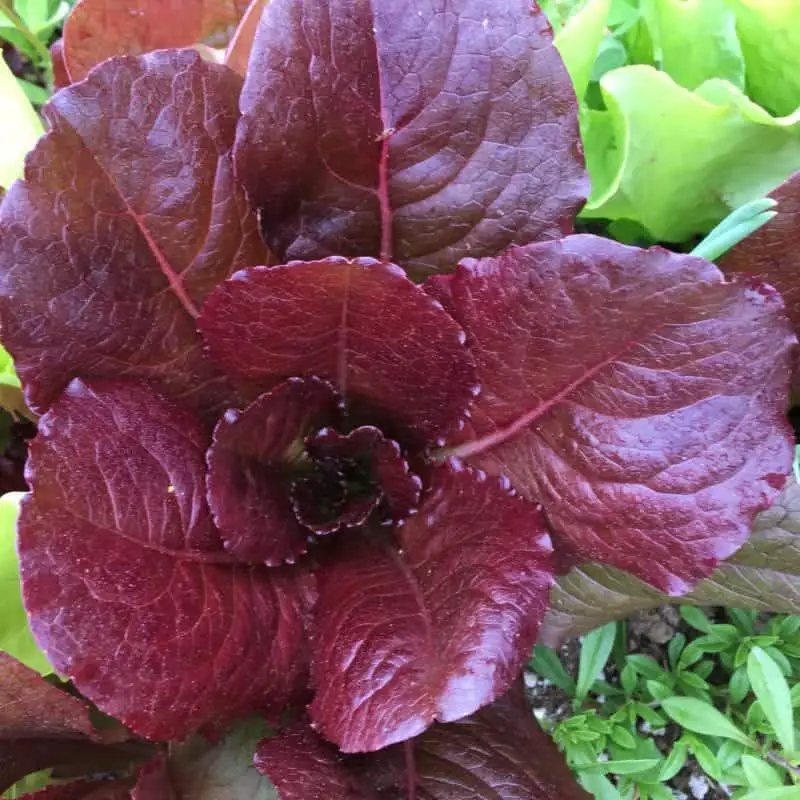
Lettuce Types and Varieities
The varieties for lettuce are almost endless. Browse through seed catalogs and you’ll notice most offer extensive varieties. One thing to note is there are a few different types of lettuce. Although most lettuce is greens, many are also red, burgundy or a mix. When selecting lettuce types or varieties think of what you’ve purchased at the store. You can also grow varieties that are soft and beautiful like butterhead lettuces which can cost more to buy. Every year when garden planning I try to select some old favorites like romaine, but also new ones.
Certain lettuces are grown for ‘leafs’, others as ‘head lettuce’.
This means you can space leaf lettuce closely together or interplanted around other plants like tomatoes or broccoli. Head lettuces need more space and time before you can harvest them. I’ll talk about the challenges of growing head lettuces during the heat of the summer (bolting is common). But first let’s take a look at different lettuce types.
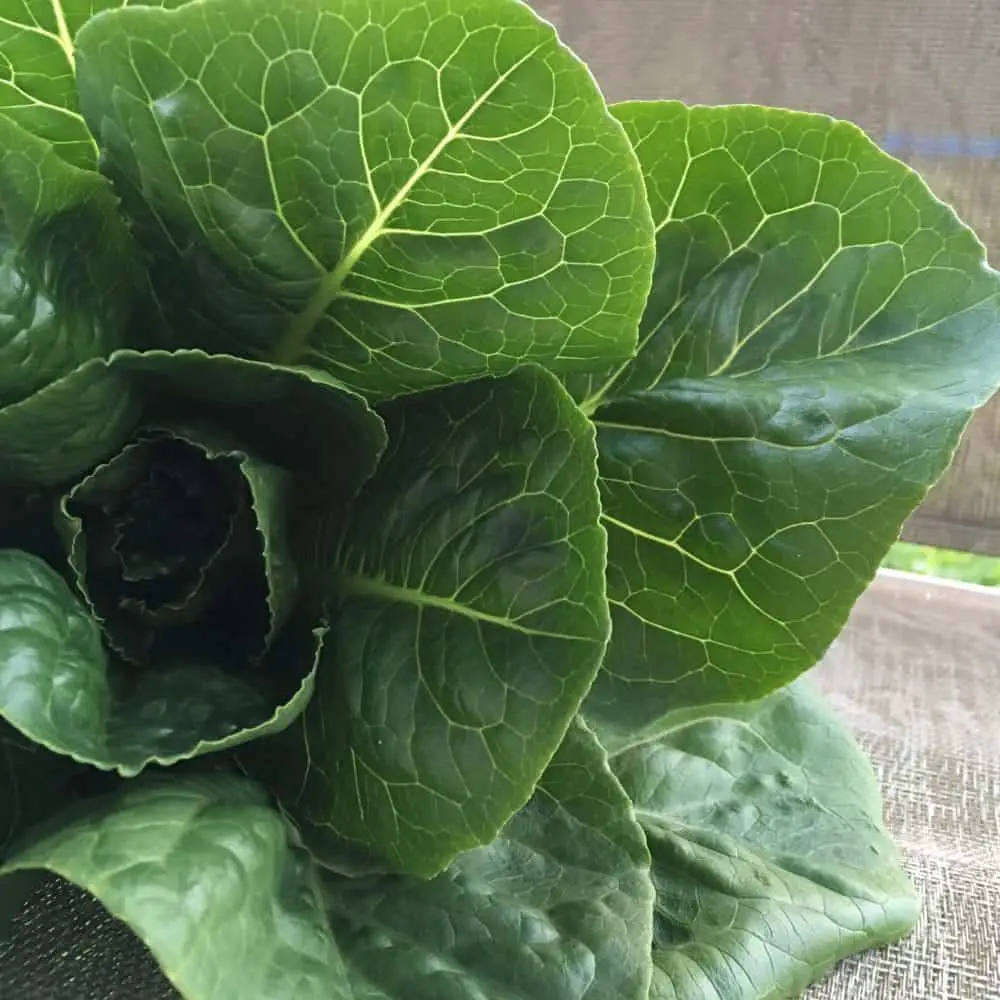
Choosing your Lettuce types
Many of these lettuces you can still grow and harvest baby leaves. When I grow lettuce I always sow densely then ‘thin out’ the plants to make space for the full-sized ones.
- Roundhead lettuce grows into a loosely packed heads, and includes the butterheads and Bibb styles. Generally, the leaves are soft, succulent and flavorful.
- Crisphead lettuces also form slightly loose rosettes like the roundheads, but with crunchier leaves, growing more upright, often with appealing variations in color.
- Looseleaf lettuces have open rosette heads, with their outer leaves falling nearly parallel to the soil. The leaves of this type have narrower stems, and are a little easier to harvest a bit at a time, by plucking each one. Looseleaf types come in an amusing array of shapes, making them excellent for mixed salads.
- Romaine lettuces grow upright, with quite stocky leaves, and they want more fertility and light than other lettuce types. This my personal favorite type of lettuce for crunchy salads. I grow both the full-sized romaine and baby ‘mini romaines’. This variety can also be grilled, unlike most of the other types that are eaten as salad greens.
- Leaf Lettuces are baby leaves. Often you can buy a mixed back for baby leaves. They take up way less space than head lettuces.
One important thing to consider when selecting lettuce varieties is what season you’re growing them in.
Do you grow lettuce? What is your favorite variety? What do you struggle with?
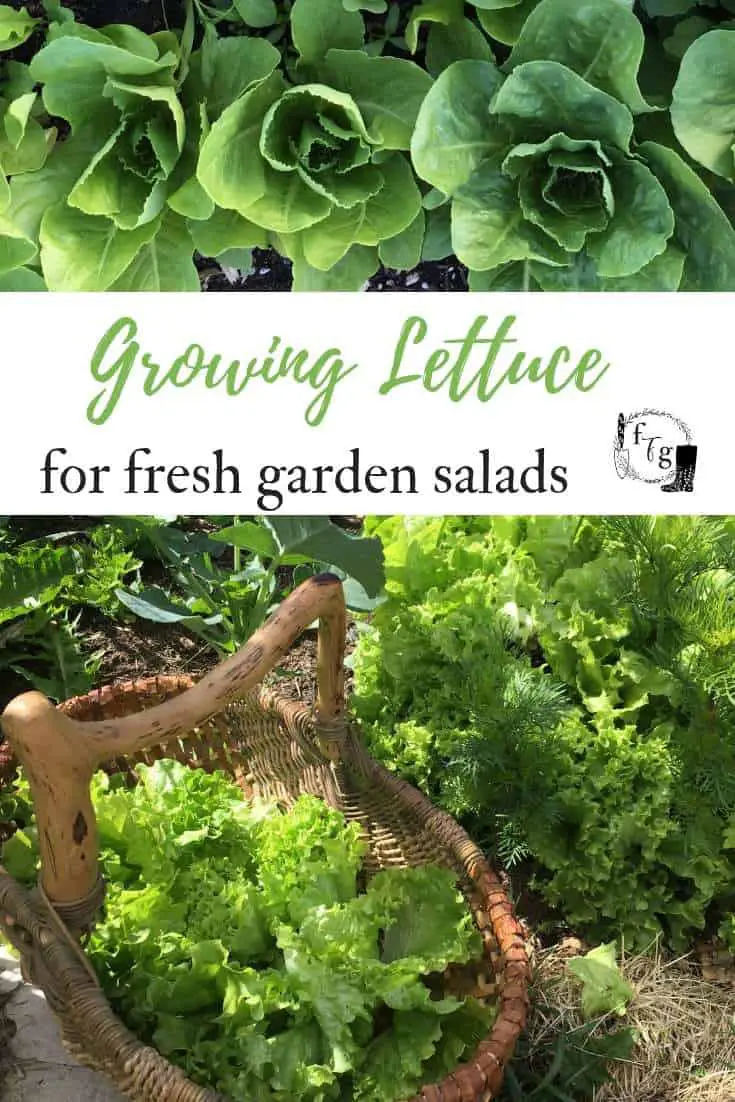

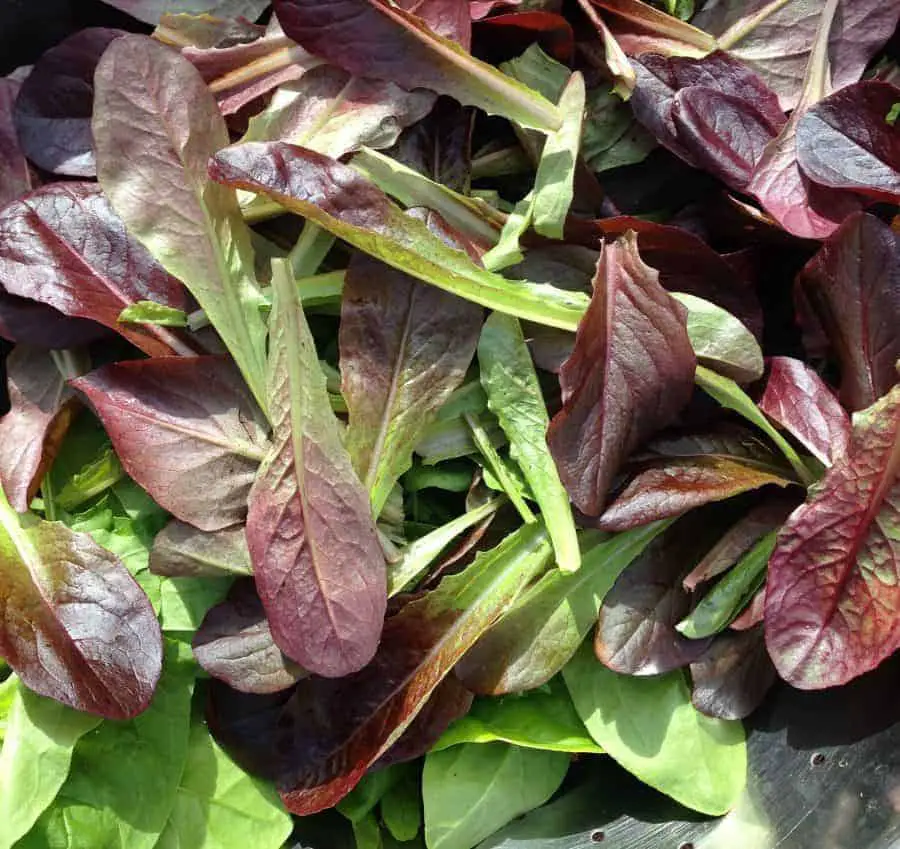
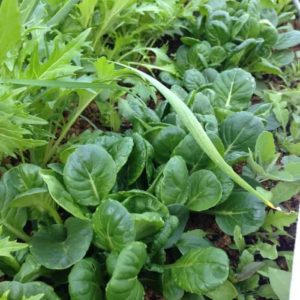
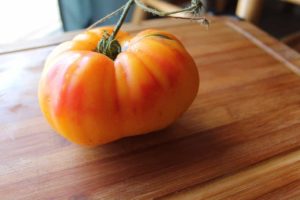
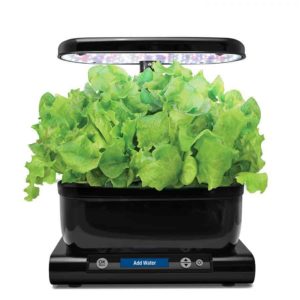

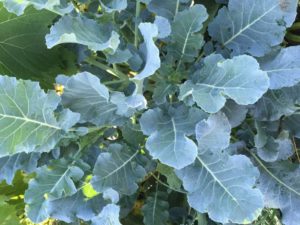
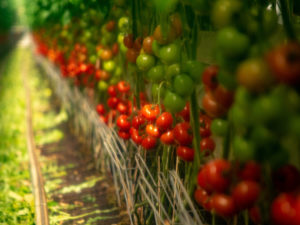
Now, that’s what called Perfection. Keep up!!
Your blog posts are so thoughtful. Loved it.